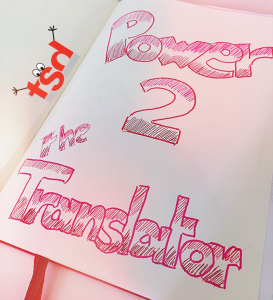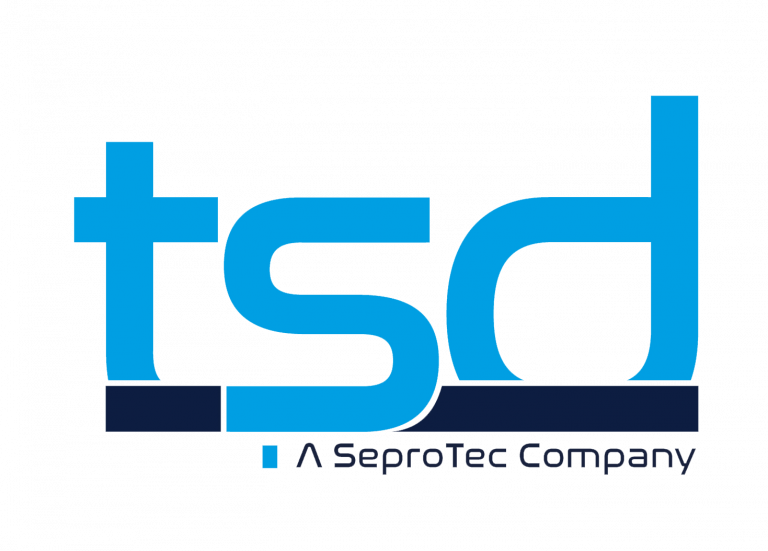Human vs Machine… Translation
When does is make sense to give POWER 2 THE TRANSLATOR
Have you tried off-the-shelf MT solutions in the past 6 months? If you have tried translating a frequently used language combination (i.e. English into German or Spanish), you might have got the feeling that the so called “language barrier” has been torn down. However, if you used a language combination that is less common like German-Romanian, you might think – “this is even more confusing than before!”
There’s no doubt about it, using Machine Translation solutions is a no brainer and greatly helps in speeding up localization processes. It makes content available in various languages, that would have never been available otherwise.
SO WHY THE HECK WOULD YOU BOTHER WITH HUMANS FOR TRANSLATION?
To me, at least, most MT output really doesn’t sound good. To put it plain and simply: for anything where the beauty of the language matters, like for any kind or marketing, HR or communication material, MT doesn’t really do a good job (yet). Until we train MT to also mimic emotions and understand various layers of cultural implication, it might make sense to look at the idea that there are situations in which human translation, or what we call transcreation, is useful.
The concept of “POWER 2 THE TRANSLATOR”
 What is this concept? Half of our company’s team consists of language specialists, so we have a lot of brainpower and expertise in this area. Together with our language team, we regularly hold brainstorming workshops in order to find common patterns within our clients’ requirements. As a result of these meetings, we find sensible approaches and insights into what our customers “really” are looking for in terms of services and products.
What is this concept? Half of our company’s team consists of language specialists, so we have a lot of brainpower and expertise in this area. Together with our language team, we regularly hold brainstorming workshops in order to find common patterns within our clients’ requirements. As a result of these meetings, we find sensible approaches and insights into what our customers “really” are looking for in terms of services and products.
From this we have developed the “POWER 2 THE TRANSLATOR” approach. This concept is based on the assumption that an optimal linguistic output can be achieved by reducing the number of stakeholders within the information chain. This encompasses the following measures:
- Direct communication between the client (in the best case, the writer of the source text) and the language specialist
- A central repository for all reference and terminological material that is necessary for creating a fit-for-purpose target text – both the client AND the language team can add to this database
- Creation of style guides and/or a client brief in order to bring everybody involved onto the same page (What exactly am I ordering from my LSP?)
- Pre-Editing: an additional proof-reading step for source texts to make them make adaptable so that multilingual target content can be created
- Close the feedback loop: if a text is adapted after translation, these changes are communicated to the language specialist team who can potentially consult the client as to whether these changes are acceptable.
The “POWER 2 THE TRANSLATOR” approach can be applied to either a fully human process or any process that involves MT plus Post Editing.
Any of these measures can be introduced into the workflow individually, depending on the client’s workflow structure.
Want to learn more about the “POWER 2 THE TRANSLATOR” and our services? Then contact us.
This Blog Article was written by Dominique Puls, CCO at tsd. Dominique has been a passionate driver of new ideas in the translation and localization industry for more than a decade. Feasibility, sustainability, the ever-changing needs of multilingual content, cost effectiveness and fully integrated solutions are her focus points.
She is a language enthusiast, digital native, economics nerd, mother, science fiction fan, rock music addict, visionary and so much more.
Dominique’s motto: “Communication is key”.
